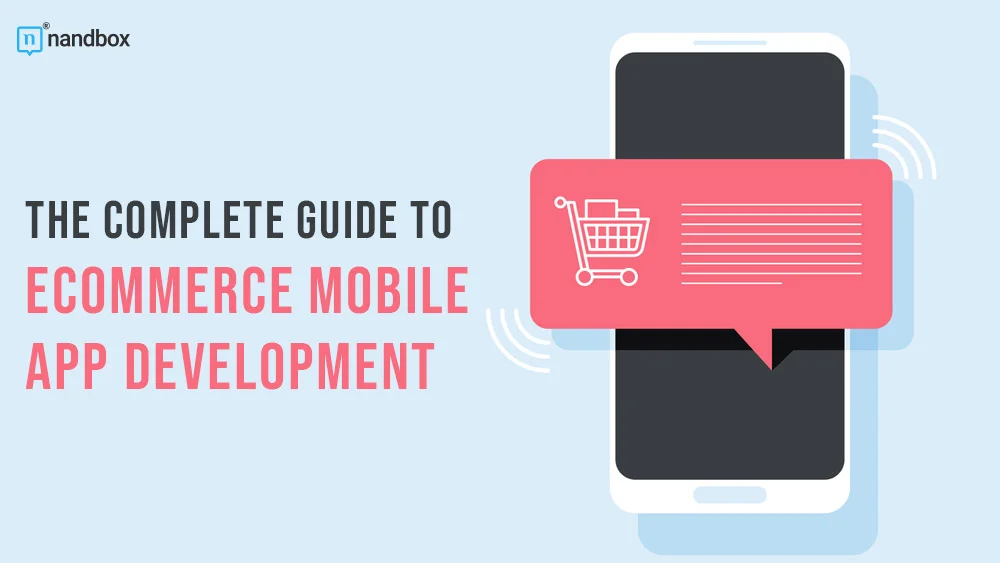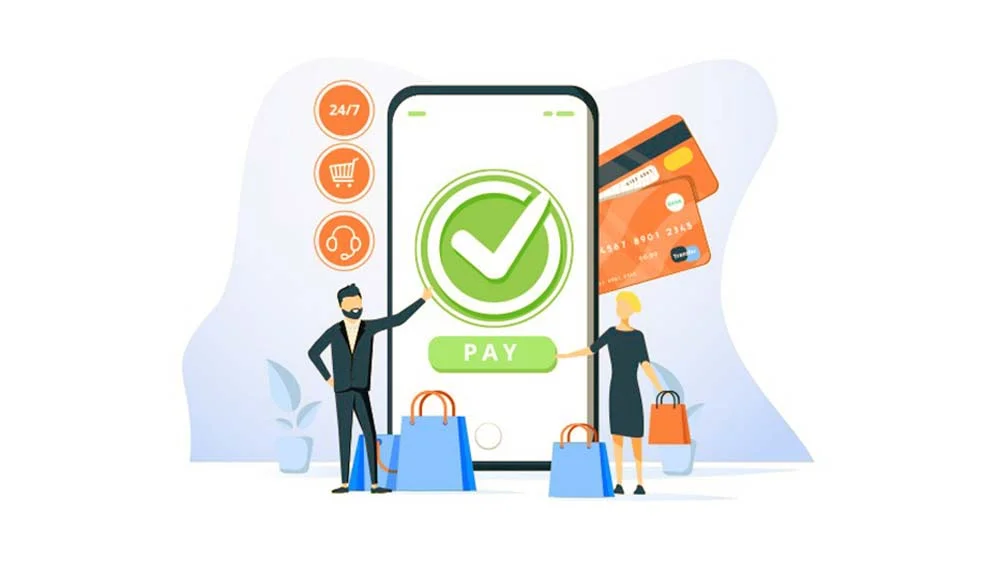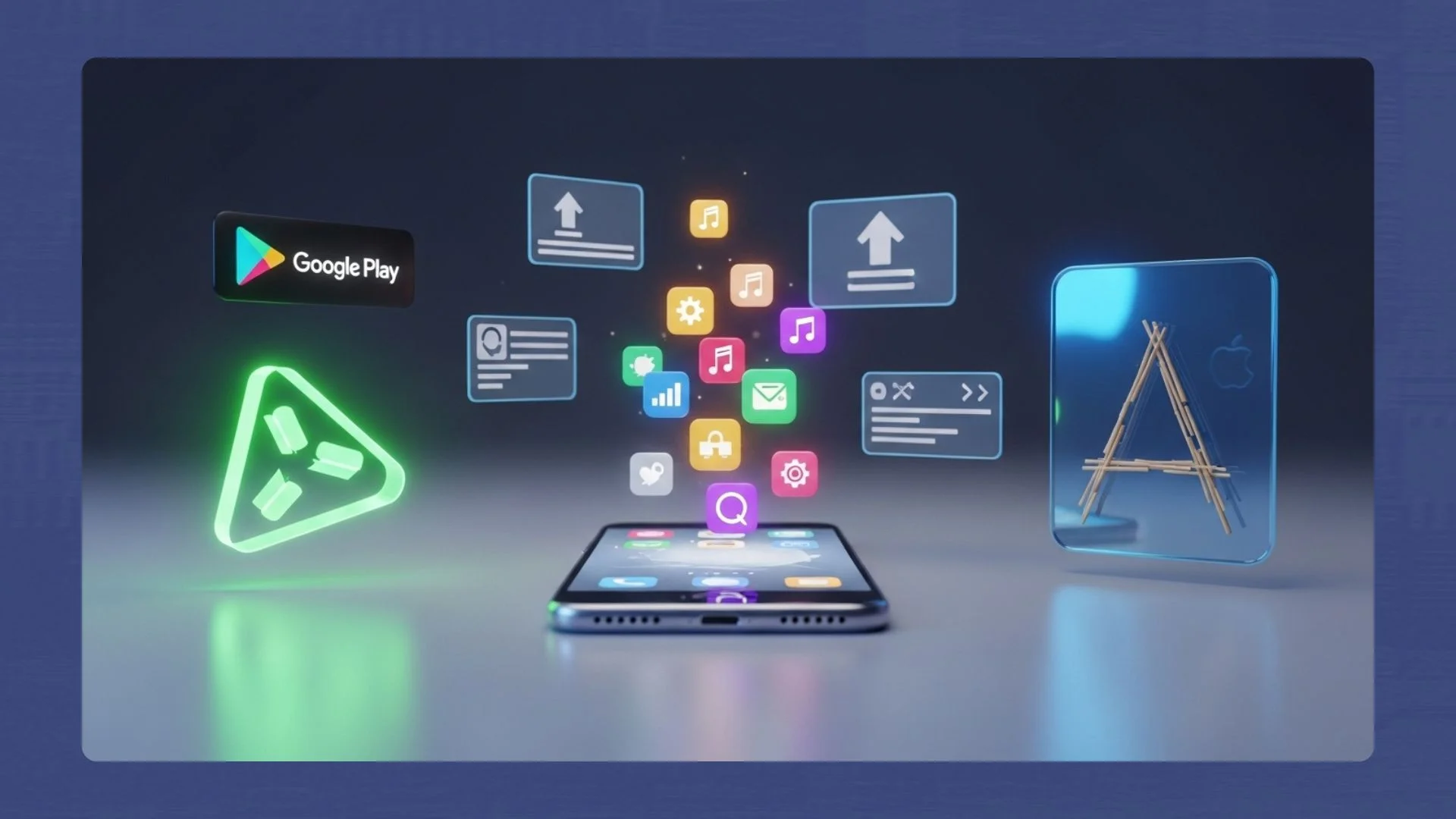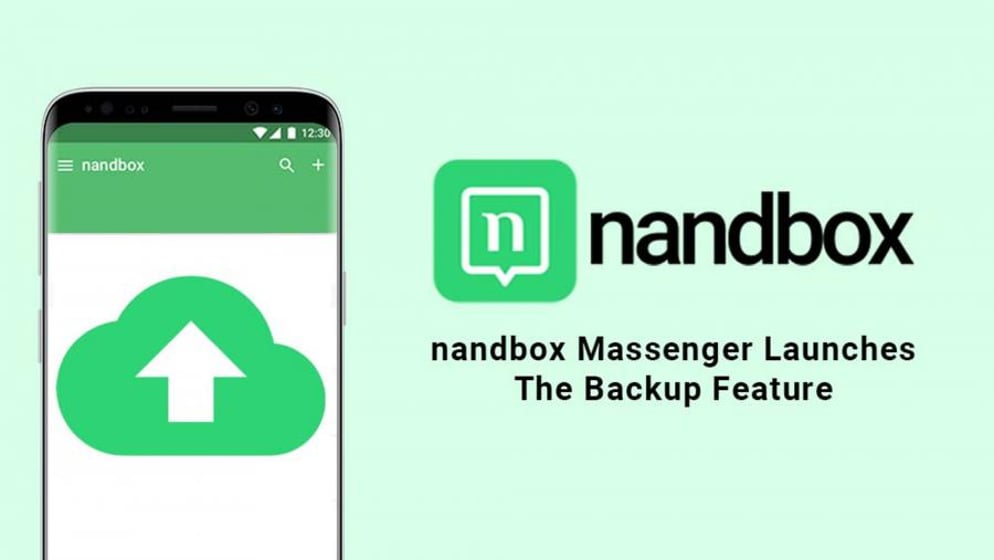I know that you might have read guides like this one before. Especially those that are targeting e-commerce mobile app development and the e-commerce industry. But have you ever asked yourself why a lot of tech blogs are addressing this topic specifically? That is because the future lies in e-commerce mobile app development. The necessary steps are to first understand the importance of having an e-commerce app for your business.
Additionally, understand today’s app market’s needs and how you can address them efficiently. This innovative approach not only democratizes the retail experience. It also caters to the modern consumer’s demand for convenience, speed, and personalization. To achieve optimal results, consider professional ecommerce development services that offer tailored solutions to enhance functionality and user experience. Allowing small and large businesses alike to reach global audiences.
As developers weave together advanced technologies such as AI, machine learning, and blockchain, they create seamless, secure, and immersive shopping experiences. Ones that are redefining the boundaries of digital commerce. Dive head-in with me in this article. That is, in order to reveal the secrets of ecommerce mobile app development. Additionally, learn how to build your own e-commerce app in no time!
What is eCommerce Mobile App Development?
This is a process that is simple yet needs a strategic approach and excellent market research. Crafting digital masterpieces that turn cellphones into lively marketplaces, teeming with activity, is the art of e-commerce mobile app development. This platform combines innovation with simplicity, allowing consumers to easily connect with their favorite companies. It captivates and connects them at the push of a button. The developers of these apps have a deep appreciation for several things.
Like user experience, security, and state-of-the-art technology. Their goal is to provide users with an intuitive and secure shopping experience, complete with real-time tracking, personalized suggestions, and safe payment methods. Nowadays, e-commerce applications serve as more than simply a tool for businesses; they act as a connection between the brand and its worldwide audience, fostering engagement and propelling expansion. Join the wave of e-commerce mobile app developers who are bringing retail into the future, where brands can make an impression with every purchase.
The Importance of Having an eCommerce App For Your Business
In today’s lightning-fast digital world, an e-commerce app is more than simply a tool; it’s the necessary link between your company and the constantly shifting demographic of online shoppers. Picture this: you have a gadget that is so effective that it doesn’t care about where you are; it can reach people all over the world at any time. Users and customers are more likely to be engaged and loyal when they use an e-commerce app.
A platform that is all about providing a convenient and tailored buying experience. Utilizing cutting-edge technology enables businesses to better customize their products and plans by providing insights into customer behavior. A pivotal position in a competitive industry, increased visibility, and unparalleled growth are the fundamental goals of investing in an e-commerce app, rather than just embracing innovation. Incorporate your brand’s beliefs and vision into an app that embraces the future of commerce; this will set you on the path to success and sustainability.
The Many Types of eCommerce Mobile Apps
There are many types of e-commerce mobile apps. In order to know which one you are, you have to have a full understanding of them all. That is why I created this paragraph for you. Below is a list of the types of e-commerce apps that you should be aware of.
- B2C (business-to-consumer): These apps facilitate direct connections between businesses and consumers, providing a wide range of products, from electronics to apparel.
- B2B (business-to-business): Designed for transactions between businesses, enabling large-scale purchases and supply chain operations.
- C2C (consumer-to-consumer): Platforms facilitating direct sales between consumers, such as for second-hand goods or handmade items.
- M-Commerce: It is tailored for mobile devices, improving the user experience with optimized interfaces and features.
Each type focuses on different market segments, utilizing technology to enhance the shopping process, providing convenience, a wide range of options, and competitive prices. Having a clear understanding of these distinctions is essential for businesses looking to capitalize on the immense potential of e-commerce.
eCommerce Mobile App Development: Start With Your App Goals
Having a clear goal for your e-commerce mobile app can greatly streamline the development process, serving as a guiding compass for every decision made. By clearly defining your goals, such as improving customer engagement, boosting sales, or providing a distinctive shopping experience, you can customize your app’s features, design, and functionalities accordingly.
This level of clarity is essential for effectively allocating resources, preventing unnecessary additions, and concentrating on what is truly important to your target audience. In addition, having a clear understanding of your app’s objective promotes efficient communication with your development team, guaranteeing that everyone is on the same page. This methodical approach not only speeds up development timelines but also increases the chances of your app’s success in the competitive digital marketplace.
Next, Move on to Identifying Your Target Audience

Now that you have identified your app goals and understand why you’re building this app specifically, the next thing on your list is to identify your target audience. This step helps you understand your market in a better way. One that helps you connect better with your target demographics and see to their needs. It helps you know your audience’s e-commerce-related preferences, habits, needs, and problems. Ones that your app should be the solution for. It should be able to at least point out one of the issues that are present on the table and offer a solution for it in an efficient way.
Mapping out and outlining your target audience’s dislikes is something that is of the essence as well. Check out your competitor’s reviews to see what people like and don’t like. Conduct surveys and let people fill out public forums in order to get their honest opinion on what they would like to see in your app. Is it a new feature that they don’t have in any other e-commerce app? Do you consider it as one that is more global than local? Is it a certain design that makes the app difficult to navigate or use? All of these questions will help you shape the perfect app for your potential users once you get to know and understand them and their needs.
eCommerce Mobile App Development: Choose The Method of Development
In order to create a fully-functional app, you have to choose an app development method. With today’s technological advancements, it is easy to say that your options are vast and varied. Two main app-building options are:
- Traditional Development
- No-code Development
Traditional development can be summed up in little to no words: hiring a developer. The process of hiring a developer includes understanding what you’re up against. Which means that you have to make the developer understand your app vision in order to construct an app that matches your needs and preferences. This is a process that takes time and will cost you some serious amounts of money. However, if you are planning on having a complex app, this method is the one for you. On the other hand, there is no-code development.
A process that includes choosing a no-code app builder and building your own app using a simple drag-and-drop interface that will allow you to add your desired features easily. If you’re planning on building a simple app, no-code solutions are the best fit for your case. They also provide you with lesser costs, challenges, and time when it comes to app development.
Know Your Features and Identify Them
If you’re still confused about which features you should implement in your app, fret not; I’ve got you. Here is a list of some of the must-have features that you must have in your e-commerce app.
- User-Friendly Interface: A design that is uncluttered and easy to understand, which makes navigating and shopping extremely easy.
- Product Search and Filters: Users will be able to locate exactly what they are looking for with the assistance of robust search capability that includes filters for price, category, brand, and other categories.
- High-Quality Product Images and Descriptions: User-friendly photos with a high resolution and extensive product descriptions that allow users to get a better look at the items they are purchasing.
- Secure Payment Gateways: Options for making payments that are both safe and secure, such as credit and debit cards, online banking, and mobile wallets, all of which are encrypted to protect user information.
- User Accounts and Profiles: Personalized user accounts that assist in the management of orders, the tracking of shipment, the preservation of wish lists, and the information regarding payments.
Extra Essential Features That You Need to Know About
- Ratings and Reviews: A platform system that allows users to evaluate products and submit reviews, the purpose of which is to provide other buyers with valuable feedback.
- Push Notifications: In order to maintain user engagement, timely alerts regarding new arrivals, sales, updates on the progress of orders, and personalized offers are sent.
- Seamless Checkout Process: An easy-to-follow, step-by-step checkout procedure that reduces the number of customers who abandon their shopping carts.
- Order Tracking: notifications in real time regarding the status of the order’s processing, shipping, and delivery.
- Responsive Customer Service: Customer service is easily accessible via chat, email, or phone, and it includes frequently asked questions and policies on returns.
Wrapping It Up!
Having a mobile app that is equipped with the appropriate functionality might help your company stand out in the intensely competitive world of e-commerce. There is a connection between putting an emphasis on user experience, security, and engagement and increasing sales and fostering client loyalty.
Creating an e-commerce app has never been simpler than it is now, thanks to our native no-code app builder, nandbox. The entire potential of your company can be unlocked without the need for technological skills. Sign up to nandbox to get started on developing your ideal e-commerce application right now and get ready to embrace the future of digital retail. It is here that you will begin your journey towards innovation.





